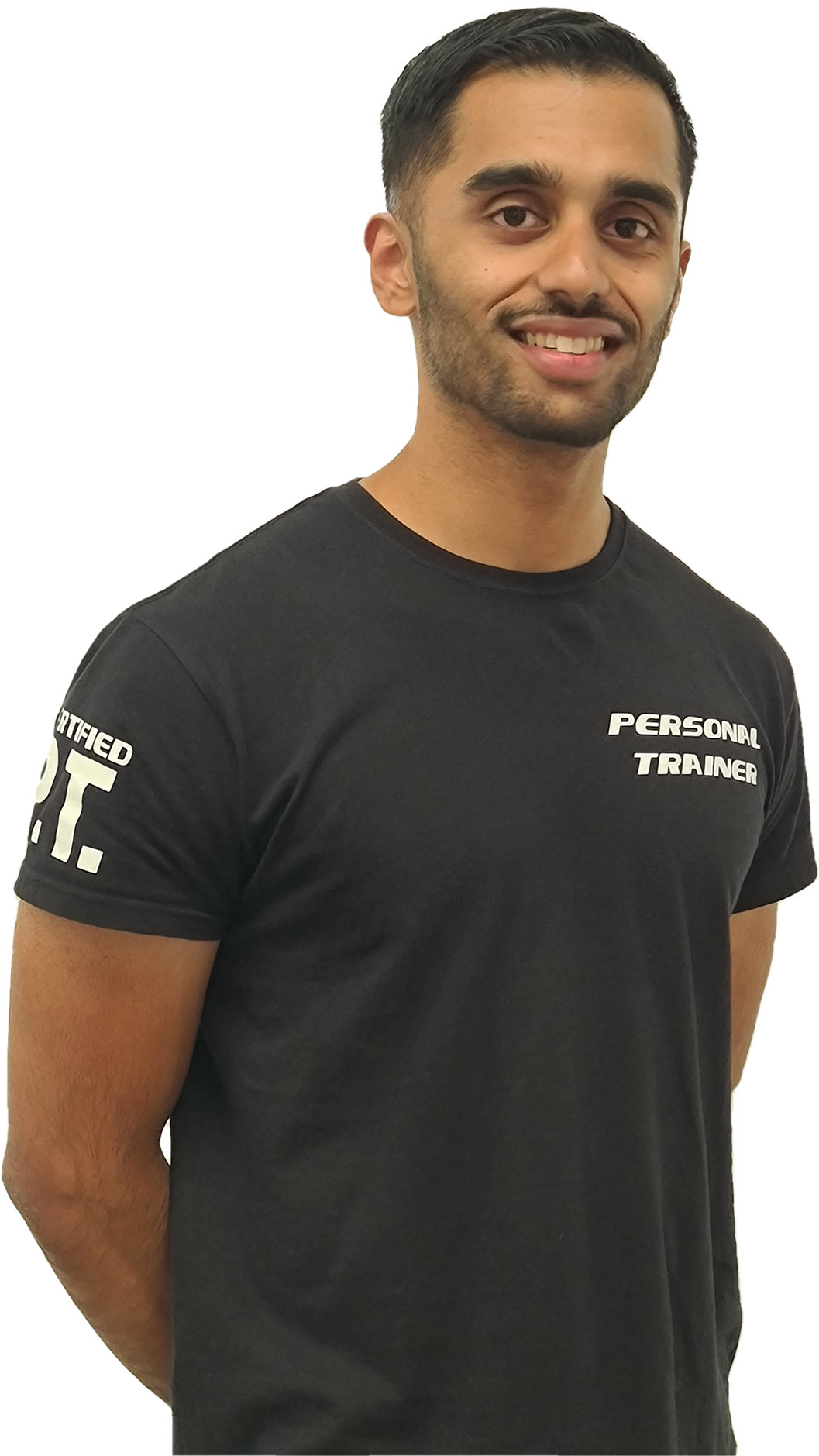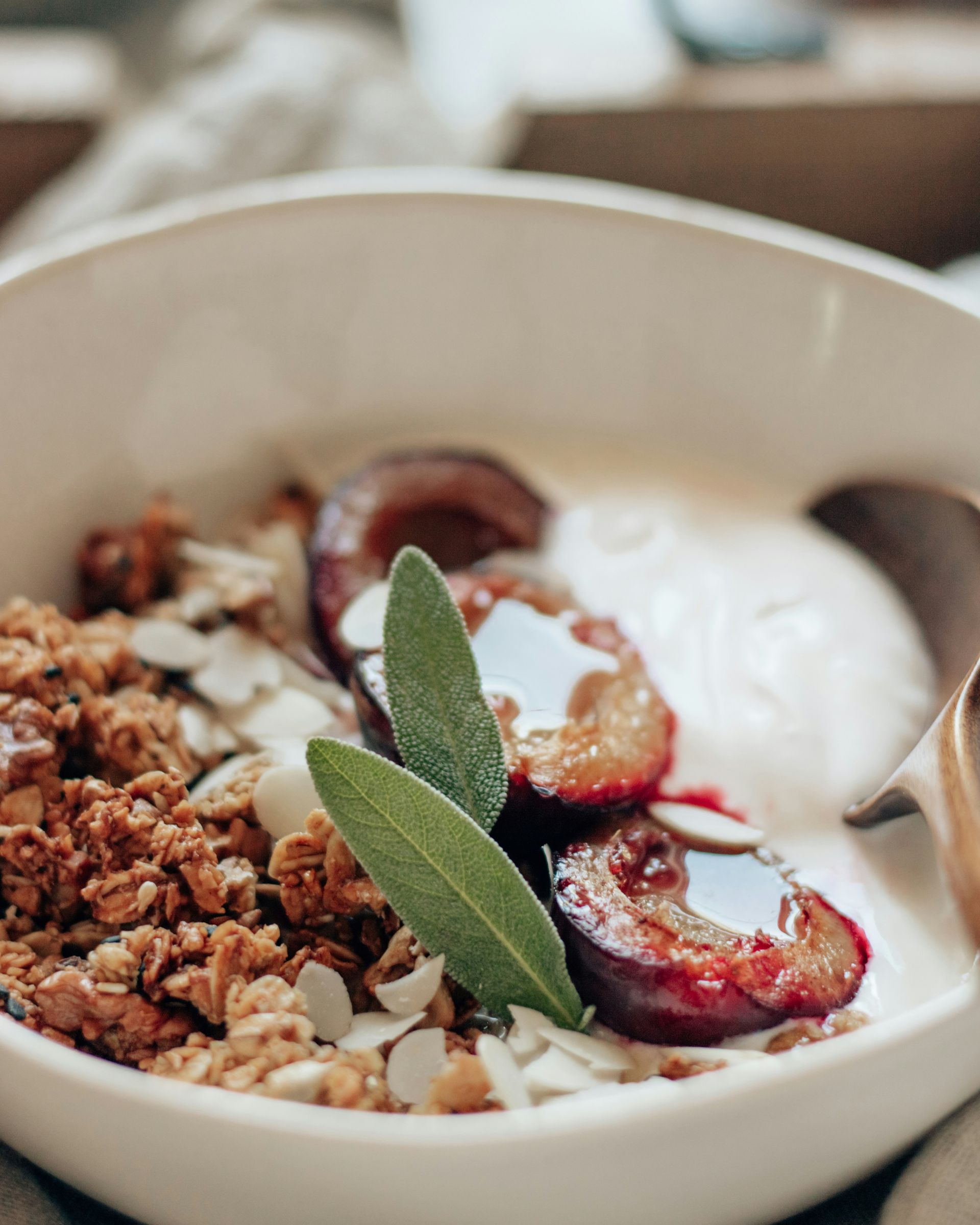
Location: Evolve Gym, South Ruislip
It pains to see so many people pair a strong core with bulging drug-induced abs, or a guy half-heartedly kicking someone in the stomach whilst their friend hangs from a bar.
Yes, the abdominals are an aspect of the core since it is comprised of the abdominals themselves, lumbar spine, and the glute muscles. This only tells us a quarter of the story, now we need to know the movement patterns required to train your core efficiently.
Aesthetics and Athletics
Those training for aesthetics, should not worry too much about the details explained in this article, however for those on the athletic and movement side of things stay with me.
Popularly; leg raises, ab crunches, russian twists are go-to exercises for the majority of people. These are great exercises for ultra-beginners, rehab patients and the elderly.
Bracing Core vs Coiling Core
Then people would go a level up and add in anti-rotation and anti-flexion work such as pal-off presses, high chops, zercher holds, unilateral farmer walks etc, these are
Bracing Core exercises which will assist you in heavy lifts as spine is in neutral and the trunk pressurized. This will help you strengthen the abdominal wall.
The next concept I am going to talk about is created by David Weck, called Coiling Core which involves two fundamental movement patterns which are under-utilized and under-appreciated in most health and fitness settings, rotation, and side-bending.
This type of core training has the most carry-over to everyday life and sports settings, and will teach you how to effectively transfer force through your spine to the ground without compensating.
Give me a time, with the exception of when you are moving furniture or leaving the airport, you need to brace your core?
Your body was designed to move in certain ways, for a long time we were made to believe ‘knees over toes’ was the greatest sin of all, then Ben Patrick came along and changed how people perceive and do things. Likewise, we are made to believe that anything outside of neutral spine is dangerous. Methods explained, tried, and tested by David Weck and in Serge Gracovetsky’s book now tell us otherwise. I can also tell you otherwise.
The Spinal Engine
The major muscle on our trunk is a hoop which belts around your spine, if you notice, when you flex or side bend your spine, your abdominal region and integrated fascia on your lumbar spine move with it.
This section finally brings me to the definition of core strength, which isn’t how well defined your abdominals are, or how hard you can take a kick to the stomach while you hang on a bar, it is the strength and stability of your spine.
How Do You Train the Spine?
Movement. What I referred to earlier with core coiling is rotation and side-bending of the spine, (rather than bracing your core and spine neutral) will engage all the muscles and relevant fascia in the hoop which is your core, this improves the ability of your spine to create and absorb power which is what its purpose is.
When a boxer throws a punch, he is coiling his core, rotating, bending, and side-bending his spine to generate that power, the same with a baseball pitcher or a footballer kicking a ball.
The hips and legs are there for something called Tensional Balance which is how we load force from the ground up through our body, and back down into the ground for optimal energy transfer. Take any sporting movement, and just try to produce power in the hips without side-bending the spine. Go on, I dare you.
Exercises
There are many resources available on David Weck’s website WeckMethod and his socials for core coiling exercises, additionally I use devices such as The Core Momentum Trainer by Escape Fitness and Landmine University’s landmine series to improve my spinal, core and movement capabilities. Head over to my Instagram of YouTube channel for more content on this.
#ptlondon #personaltraining #personaltrainer #health #fitness #pinner #fitnessmotivation #workoutmotivation #gym #core #abs #athletics #athletic #inertiawave #edgecrossx #ruislip #evolvegymsouthruislip #london #workout #bodytone #weightloss #transformation #exxentric #exxentricfam #sports #athleticsgame #football #rugby #cricket #tennis #golf #basketball #lacrosse

Start Today!
Ready to transform your fitness journey? Take the first step towards achieving your goals with personal training!
We will get back to you as soon as possible
Please try again later
My take on Health and Fitness



